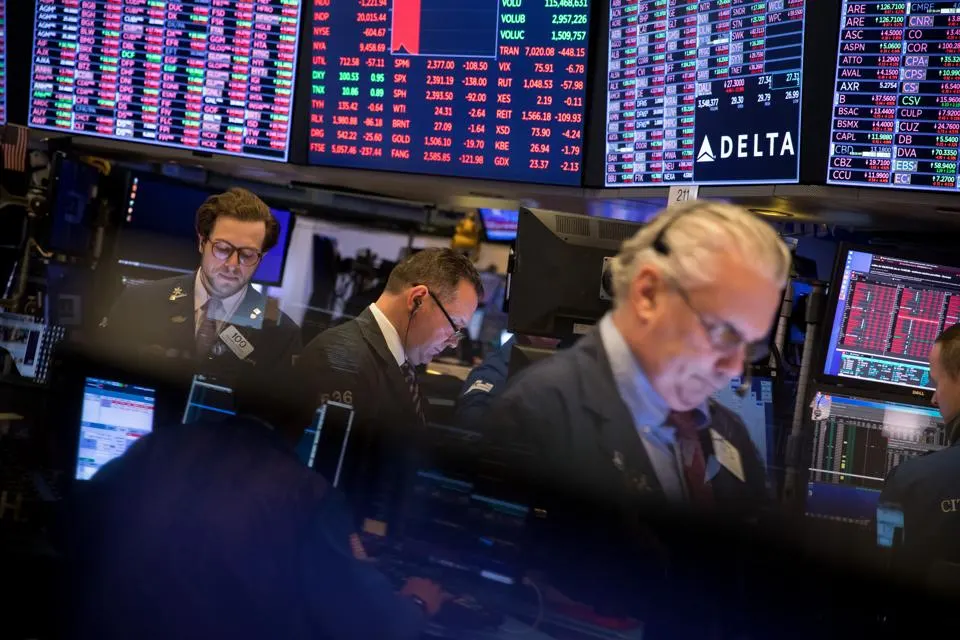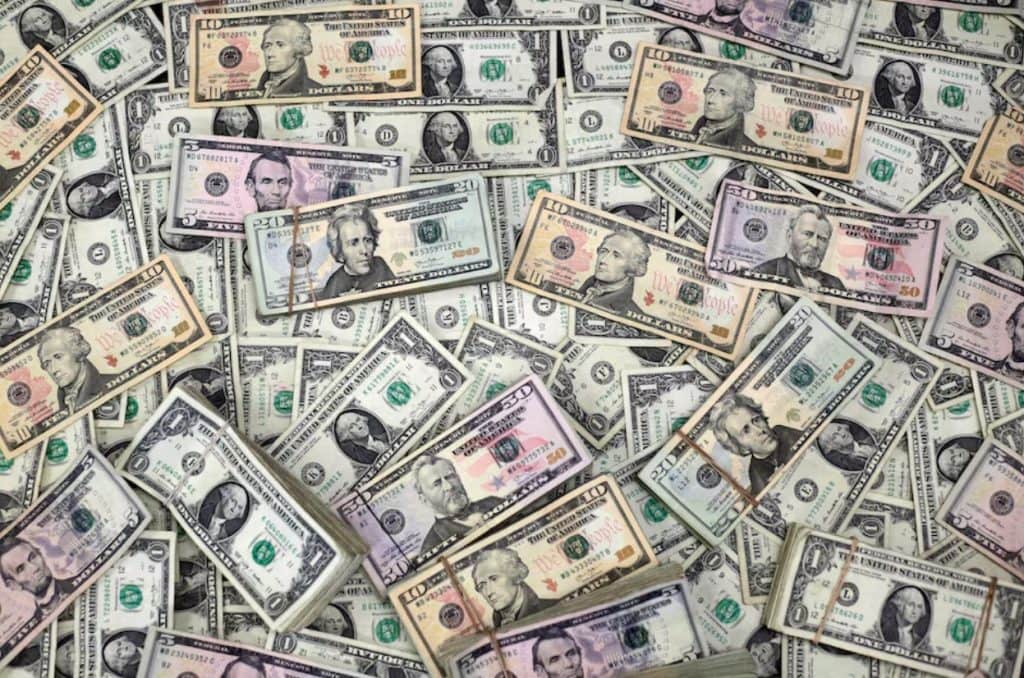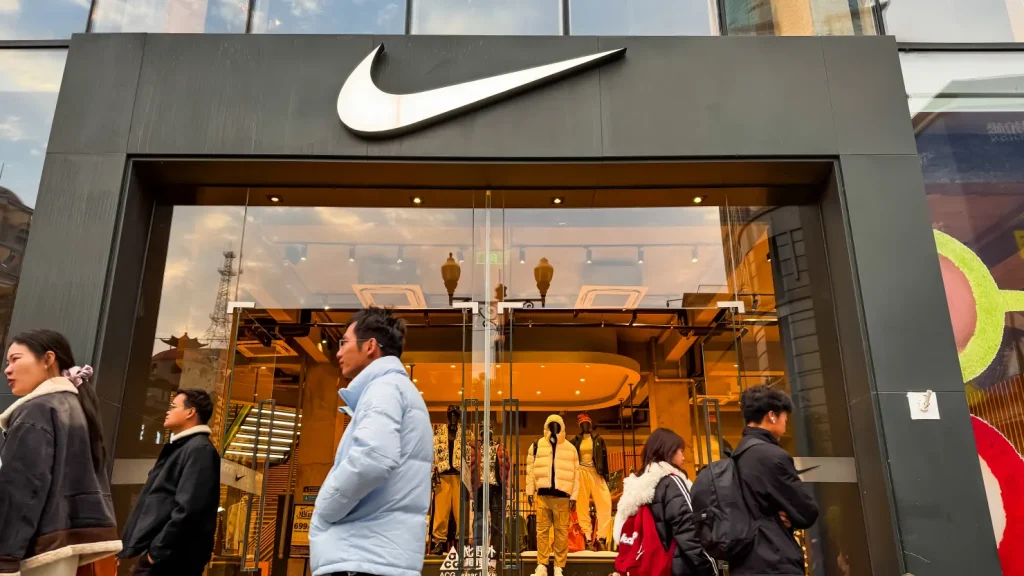Tesla owners are trading in their EVs at record levels, Edmunds says




As March 2025 draws to a close, the Social Security Administration (SSA) is preparing to issue its final round of payments for the month. Retirees, survivors, and disability beneficiaries who have not yet received their March Social Security payments should expect their funds this week.
For some eligible recipients, the payment could be as high as $5,108, depending on factors such as retirement age and lifetime earnings. With the rising cost of living, these payments remain a crucial financial lifeline for millions of Americans.
Here’s what beneficiaries need to know about who is getting paid this week, how Social Security payments are structured, and what changes are coming next for recipients.
Social Security benefits are distributed on a staggered payment schedule based on the recipient’s birth date and when they first started receiving benefits.
The final Social Security payment for March will be sent on Wednesday, March 26.
This last batch of payments for the month is for retirees, survivors, and disability beneficiaries who:
If your birthday falls within this range, and you qualify for Social Security retirement, survivor, or disability benefits, expect your March payment to be deposited on March 26.
Beneficiaries who receive Supplemental Security Income (SSI) or who started receiving Social Security before May 1997 have already received their payments earlier in the month.
The amount you receive in Social Security benefits depends on several factors, including:
For 2025, the maximum possible Social Security payment based on the highest earnings and delayed retirement age is:
For the average retiree, however, the typical Social Security payment is much lower. In January 2025, the SSA reported that the average retirement benefit was $1,976 per month.
Additionally, disability benefits (SSDI) and survivor benefits vary based on individual earnings records and eligibility.
If you expect to receive a Social Security payment but have not yet seen it in your account, here’s what you should do:
With April 2025 on the horizon, Social Security recipients should be aware of several important developments that may impact future payments.
Beneficiaries will see higher payments starting in April, thanks to the Social Security Fairness Act (SSFA), which repealed the Windfall Elimination Provision (WEP) and Government Pension Offset (GPO).
Over 3.2 million retirees, including teachers, firefighters, and public sector workers, will see an increase in their Social Security payments.
The SSA has already issued over $7.5 billion in retroactive payments, and monthly benefit adjustments will begin in April.
For affected retirees, April’s Social Security payment could be the highest they’ve ever received.
The SSA is currently undergoing significant workforce reductions, eliminating 7,000 jobs and closing several regional offices.
These cuts could lead to longer wait times for customer service and delays in processing claims and benefit adjustments.
Beneficiaries who need to update their records or appeal benefit decisions should act quickly to avoid processing delays.
Although Social Security benefits increased by 2.5% in 2025, early projections indicate that the 2026 COLA may be just 2.2%—one of the smallest increases in recent years.
The COLA is based on inflation data, and while overall inflation has slowed, housing and medical care costs for retirees remain high. If the COLA is too small, retirees may find it harder to keep up with rising expenses.
The official COLA for 2026 will be announced in October 2025, based on third-quarter inflation data.
✔ The last Social Security payment for March will be deposited on March 26 for retirees and disability beneficiaries born between the 21st and 31st of the month.
✔ Some beneficiaries could receive up to $5,108, depending on their earnings history and retirement age.
✔ If you haven’t received your payment by March 29, contact the SSA to investigate any issues.
✔ April 2025 will bring increased payments for many public-sector retirees due to the Social Security Fairness Act (SSFA).
✔ SSA staffing cuts may cause future processing delays, making it essential to stay proactive about benefit updates.
As Social Security payments continue to evolve, staying informed will help retirees and disability beneficiaries maximize their benefits and plan for the future.
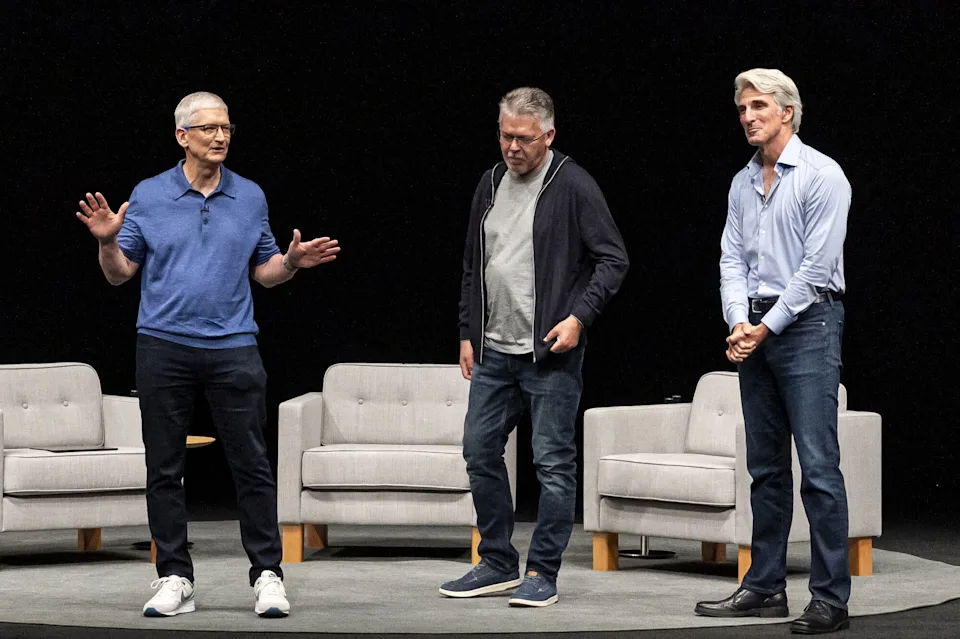
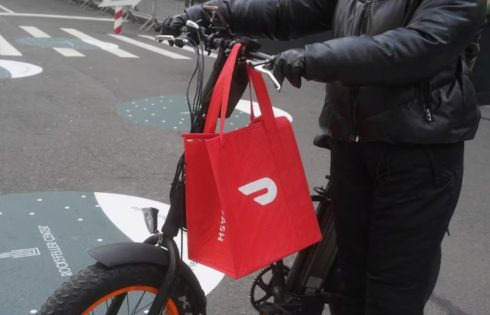
Swedish payments firm Klarna, which is gearing up for a listing on the New York Stock Exchange, said on Thursday it has entered a payments partnership with online food and grocery delivery firm DoorDash (DASH.O), opens new tab.
Under the terms of the agreement, DoorDash customers could either pay in full, in four interest-free installments or defer payments until later.
The deal could add to Klarna’s momentum ahead of its initial public offering, and comes days after it said it was partnering with consumer finance app OnePay to offer installment loans for purchases at retail giant Walmart (WMT.N), opens new tab in the United States.
Earlier this month, Klarna disclosed a 24% surge in revenue for 2024 as it moves toward a long-awaited market debut that could be one of the most high-profile listings this year.

Alibaba Group Holding announced plans to invest RMB 380 billion in cloud computing and AI, reinforcing its technological leadership. Recent financial results showcased robust growth, with net income for Q3 2025 jumping significantly year-over-year and sales continuing to rise. Despite a write-off of RMB 6,171 million, the impact was lighter compared to the previous year. Concurrently, their aggressive share buyback program repurchasing 119 million shares illustrates a steadfast focus on enhancing shareholder value, a possible driver for the price rise of 69% over the last quarter. During this period, while the broader market saw fluctuations with the S&P 500 and Nasdaq under pressure from tech giants and economic uncertainties, Alibaba’s positive developments appeared to offer resilience. Investors might view the company’s strategic initiatives and financial health as insulating factors, contributing to its standout performance amidst volatile market conditions.
Over the past year, Alibaba’s total shareholder return reached 105.03%, significantly outperforming the broader US market, which returned 10%. This robust performance can be attributed to several key factors. Alibaba’s announcement in February 2025 of a RMB 380 billion investment in cloud and AI infrastructure likely bolstered investor confidence by reinforcing its technological advancements. Additionally, the establishment of the Alibaba E-commerce Business Group in November 2024, integrating platforms like Taobao and Tmall, and the strategic joint venture with E-MART Inc. in January 2025, aimed at expanding global channels, further cemented its growth trajectory and market reach.
Moreover, Alibaba’s aggressive share buyback program throughout 2024 signaled its commitment to enhancing shareholder value, coinciding with strong financial results. Net income for Q3 2025 rose significantly compared to the previous year, contributing to investor optimism. Despite a RMB 6.17 billion goodwill impairment in late 2024, the decreased impact compared to prior periods buffered the downside, maintaining the company’s upward momentum in the market.
